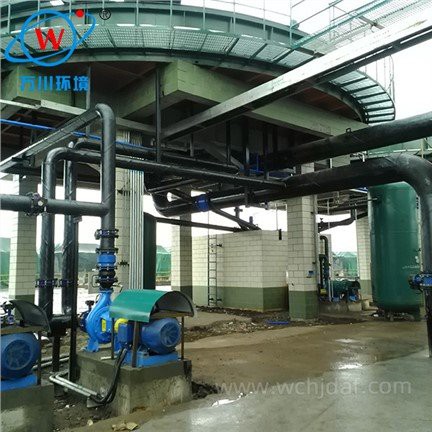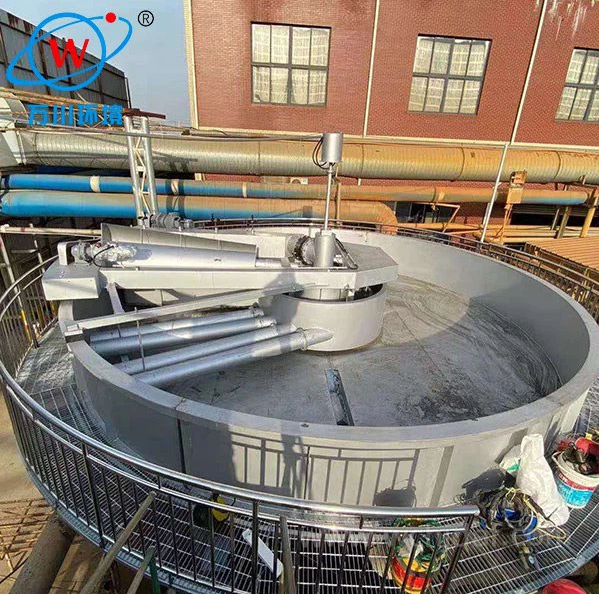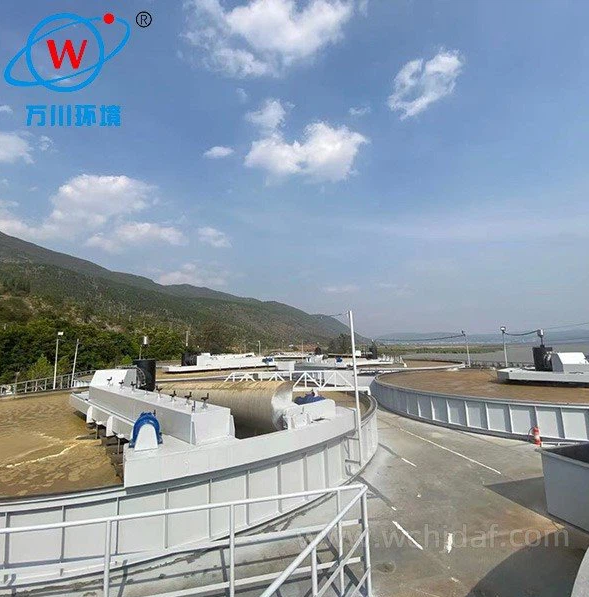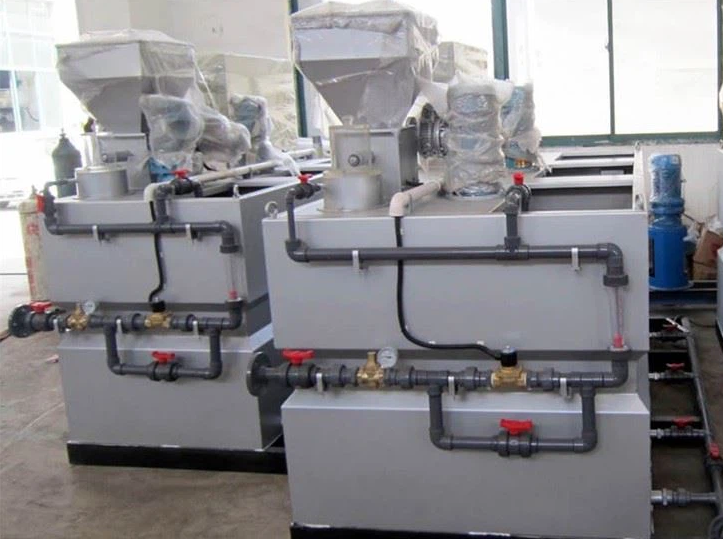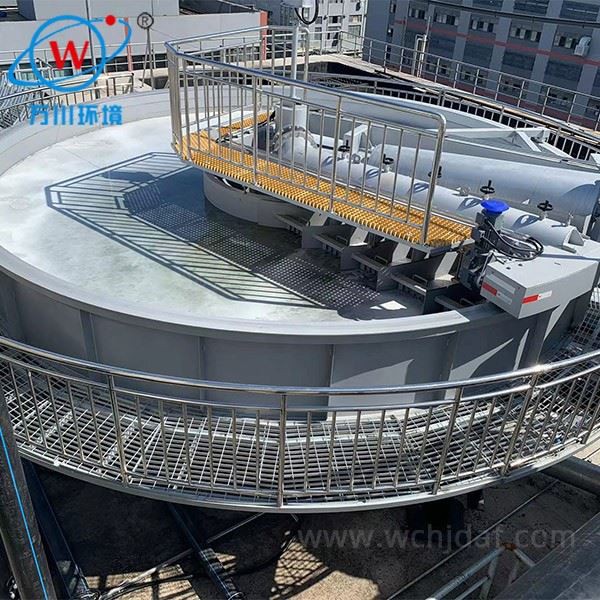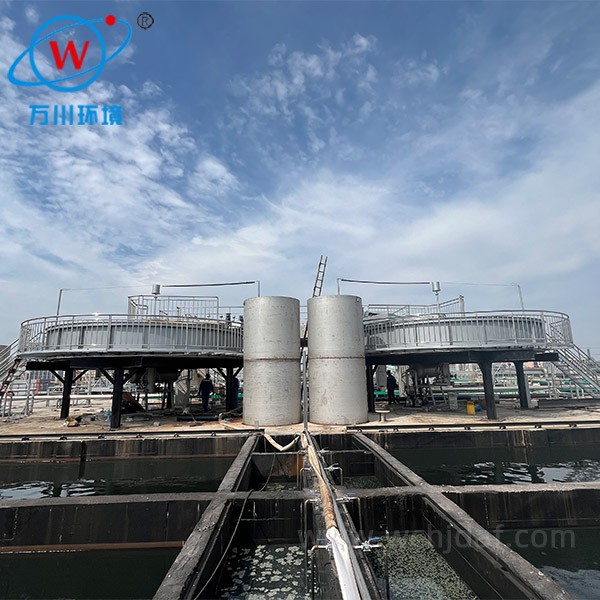Flotation Equipment Commissioning Process
Proper commissioning of flotation equipment is essential for optimal performance in wastewater treatment. Follow these steps to ensure efficient operation and longevity of your system.
1
Equipment Inspection and Pretreatment Preparation
- Thoroughly inspect the connections of all equipment components to ensure there are no leaks in the piping
- Check that valves operate freely and transmission parts are adequately lubricated
- Clean impurities and residual foreign matter from the flotation tank
- Verify the installation accuracy of core components such as the scraper and dissolved air system
- Pre-treat the incoming water to remove large particles and adjust the water pH to an appropriate range
- Prevent impurities from clogging the dissolved air releaser or affecting the reagent reaction
2
Basic Parameter Setting and No-load Commissioning
- Start the equipment and run it no-load
- Test the pressure stability of the dissolved air system and adjust the dissolved air flow rate to the designed range
- Check the operating status of the bubble generator, observe the bubble size and distribution uniformity
- Optimize bubble quality by adjusting the air intake
- Test the scraper's trajectory and speed to ensure smooth scum collection
- Record the operating parameters of each component and check for abnormal noise or vibration
3
Chemical Dosing and Reaction Debugging
- Configure the collector and flocculant according to water quality characteristics
- Start the chemical dosing system proportionally and gradually adjust the dosage
- Observe the chemical-wastewater mixing reaction
- Determine the optimal chemical ratio through sampling and testing
- Ensure that the target pollutants fully form floatable flocs
- Adjust the agitator speed to ensure uniform mixing of the chemical and wastewater
4
Operational Performance Monitoring and Optimization
- Perform load debugging with actual wastewater
- Continuously monitor influent and effluent pollutant concentrations
- Observe scum formation and bubble adsorption
- Adjust parameters such as inlet flow rate and dissolved air pressure based on scum thickness and water quality
- Observe the scraping effect and promptly remove scum
- Analyze the scum composition to determine the completeness of separation

